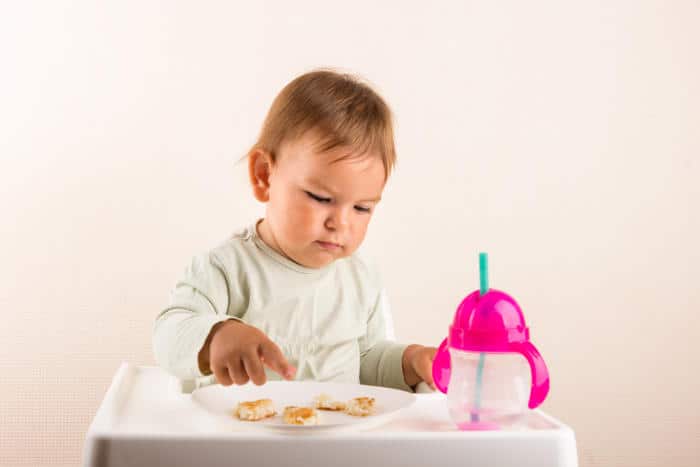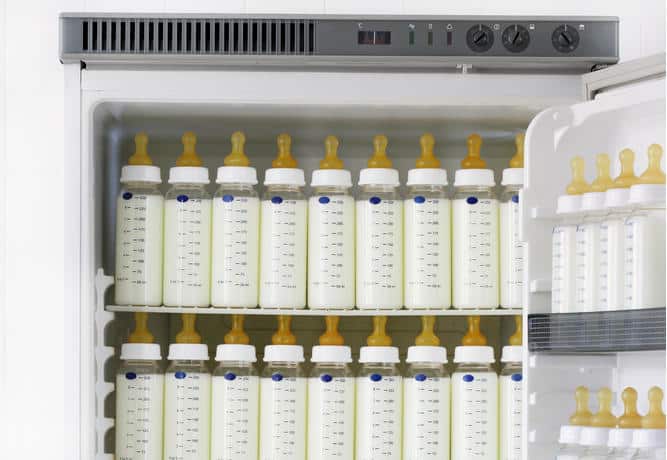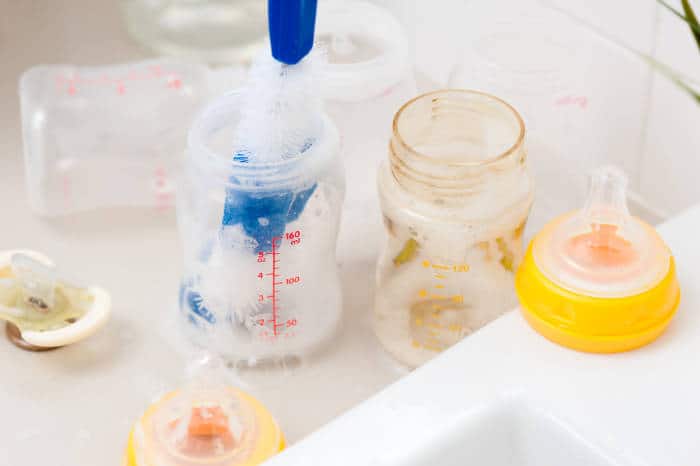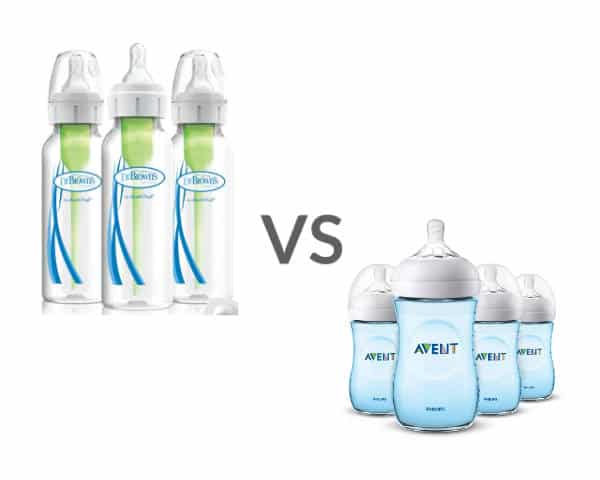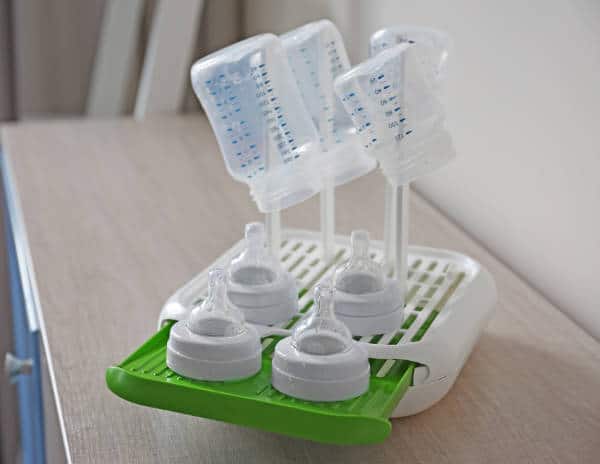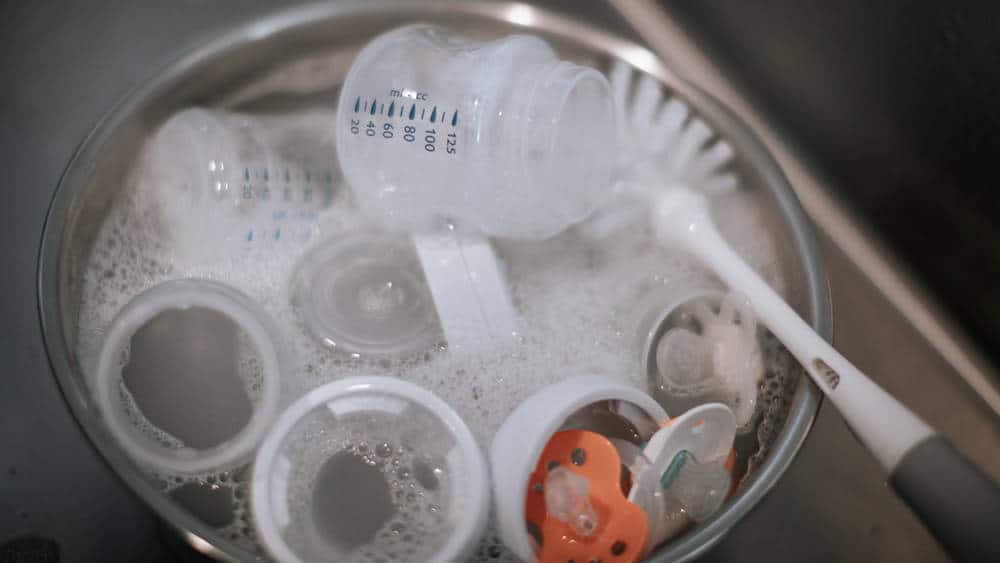You know when people ask you if your baby is a “good” baby and you get annoyed because all babies are “good” babies? I have a theory that when people ask that, they’re actually asking if the poor babe suffers from colic. And if you don’t know what colic looks like or sounds like, count your blessings…twice!
Technically, the exact causes of colic have never really been pinned down. Physicians suspect that it’s due to gas, indigestion, or food sensitivities/allergies. Simply put, it makes your baby miserable. To paint a picture, if your baby has colic gas, they will typically cry for several hours an evening (if not all day) with no relief, and it tends to ramp up at the same time every day. We used to call it the witching hour in our house.
Parents in the trenches of colic will search far and wide for any chance of relief. Luckily, we’ve come a long way since moms’ only remedy was a dash of whiskey on the gums. In fact, there are a handful of natural and gentle products designed to calm the digestive discomfort that many believe to be the cause of colic.
Read on below to get the 411 on Colic Calm, as well as a few other drugstore products.
What is colic calm?
It’s a homeopathic liquid called “gripe water”. Gripe water is a basic necessity for those caring for tiny newborns. It’s sort of the “duct tape” for digestive discomfort as it’s designed to relieve gas, upset stomach, colic, bloating, reflux, and hiccups, which is a great tactic since babies can’t actually tell us what ails them.
What makes colic calm different from other homeopathic remedies? It has 8 homeopathic ingredients, including blackthorn, caraway, chamomile, fennel, ginger, lemon balm, peppermint, and vegetable charcoal. If you suffered from morning sickness during pregnancy, you probably recognize the effectiveness of a few of those. Ginger, fennel, and peppermint work wonders for nausea.
Additionally, the manufacturing of Colic Calm adheres to the Good Manufacturing Practices for medicine. So, you know you’re getting something safe, but also side effect free. This can be given pretty much as needed (up to 4 doses in 24 hours). For those that lean into the crunchy mom movement, you’ll also appreciate the fact that this is recommended by midwives and doulas!
You can administer colic calm straight. Little ones respond well when you place the dropper between the gums and cheek and slowly dispense the fluid. Many parents recommend giving colic calm for at least 7 days or a week to truly benefit.
Does colic calm work?
While the evidence is anecdotal, there are reviews from all over the world stating that it tamed their nighttime routine and offered fast relief to their upset babies. There are also recommendations from doctors and midwives to backup the clout that follows this little bottle of liquid.
Whether it tackles the root cause of colic is unknown because, well, the cause itself is unknown. However, the factors commonly associated with taking colic calm have all had positive results with the natural ingredients in the gripe water. So, can colic calm be beneficial aside from colic relief? Many parents swear that it also helps with gas and relief, others say that it can promote peaceful sleep.
What other colic remedies are available?
Baby Bottles for Colic
Baby bottle manfacturers often will have you believe that one of the common causes of colic is the ingestion of air during the bottle feeding process. With that in mind there are many baby bottle designs specifically tailored to stop this happening. If you want more info on exactly how they do this checkout this piece we wrote on the best baby bottles for colic. Many parents find using a specific type of baby bottle helps soothe their baby’s colic symptoms.
Mommy’s Bliss Gripe Water
This one is well-known and you can find it at most Targets or Wal-mart. It doesn’t come with as many professional recommendations as Colic Calm but contains many of the same natural active ingredients. This Gripe Water is also good enough to stand up to adult tummy troubles as well (something to think about come winter and stomach virus season).
Gerber Soothe Drops
This isn’t your typical gripe water. Rather, they’re probiotic drops designed to balance the gut flora of your infant. Let me tell you, these saved my life. Our daughter had terrible reflux and our pediatrician recommended these when other over-the-counter remedies didn’t work. Used in conjunction with gripe water, they turned our screaming baby into one that would sleep at least 5 hours a night (that was a lot for us back then).
Also, these probiotics are similar to those found in breast milk, so if you’re worried about upsetting the digestive balance, these should be fine. Unlike gripe water that is given in a syringe, these probiotics are given one drop a day and can be mixed in a bottle, on food, or directly on the breast for nursing babies.
Gas Drops
Tried and true, Mylicon drops or simethicone drops have been taming infant gas symptoms for decades. Though you can find the name brand, there are many off-brand simethicone drops available for purchase. You just need to double-check that they don’t contain sodium benzoate or benzoic acid.
While they aren’t the go-to for colic, they do help with gas which may or may not be the cause of your fussy baby. It could be a good idea to try them with feeding times to see if they afford you some relief.
Where can you get it?
Like many baby necessities, you can find this on Amazon, but if you still have the time and energy to shop in-person, you can find Colic Calm at Walgreens, buy buy Baby, and CVS.
If you’re still on the fence, here’s an honest trial of Colic Calm from House of Royals on YouTube:


